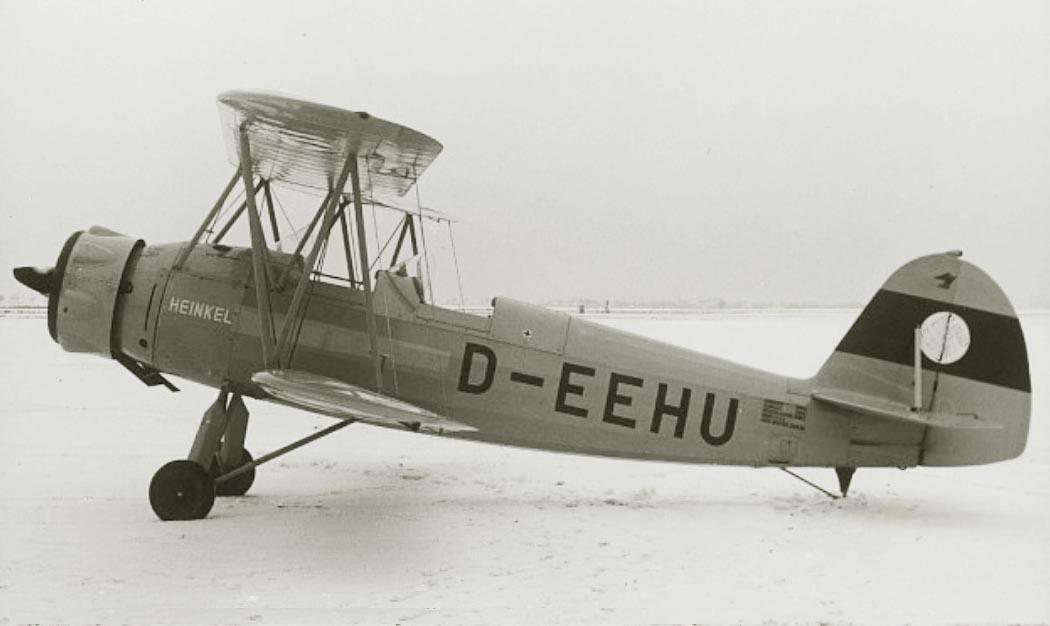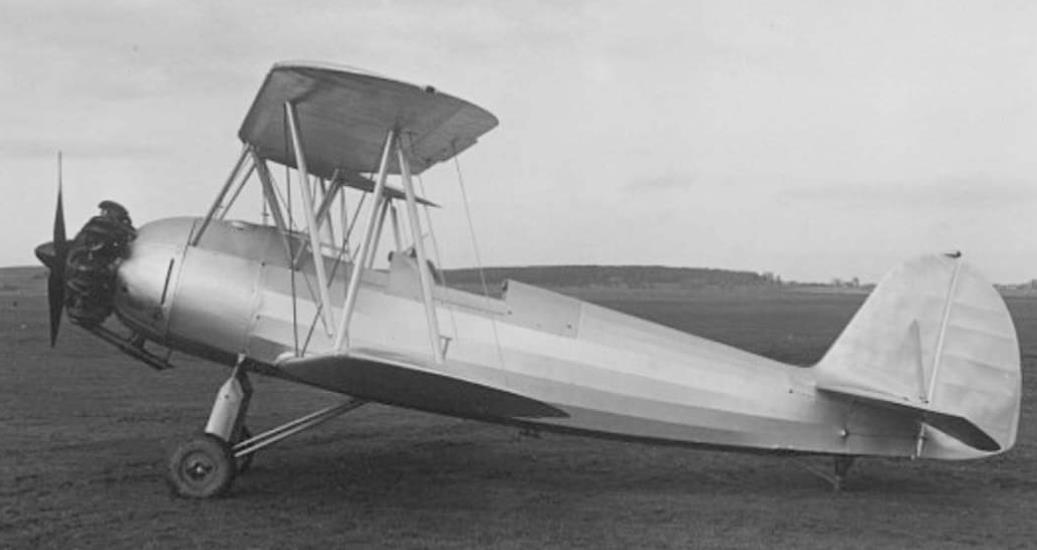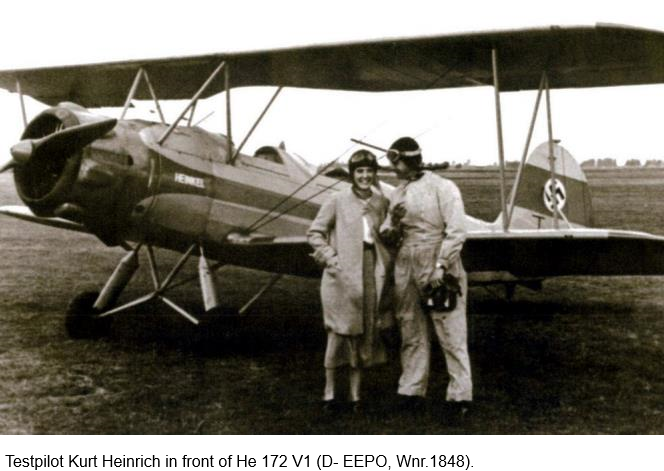| Type | 2-seat trainer |
| Engine | 1 Siemens-Halske Sh 14A-4 |
| Dimensions | Length 7,56 m , height 2,95 m , span 9,0 m, wing area 20,7 m2 , |
| Weights | Empty 540 kg, loaded 980 kg, max. take off weight , fuel 130 kg |
| Performance | Max.. speed 190 km/h at sea level, 187 km/h at 1000 m, cruising speed 175 km/h at sea level,landing speed 84 km/h, range 530 km, endurance , service ceiling 4000 m , climb to 100 m 5,8 min., to 3000 m 18,6 min. |
| Type | Werk.Nr | Registration | History |
| V1 | 1848 | D-EEPO | First flight 3.10.1935 |
| V2 | 1849 | D-EEHU | |
| V3 | D-ELAJ | ||
| V4 | 924 | D-EEON | Projected seaplane |


